Coffee is a famous energy-boosting drink loved all over the world. Though it is not clear when it was discovered, it is believed it was first discovered in Ethiopia before spreading to different lands.
Table Of Contents
−- The timeline chart
- The myth, the legend
- The Arabian Peninsula
- Istanbul
- Coffee Comes to Europe
- The New World
- Coffee in America
- Modern Coffee
- The Global Expansion of Coffee
- The Rise of Coffeehouses
- Coffee and the Industrial Revolution
- The Emergence of Specialty Coffees
- Coffee and World War II
- The Popularization of Instant Coffee
- The Specialty Coffee Boom
- Conclusion
As a result, coffee is grown in different parts of the world today and is the second most traded commodity behind petroleum.
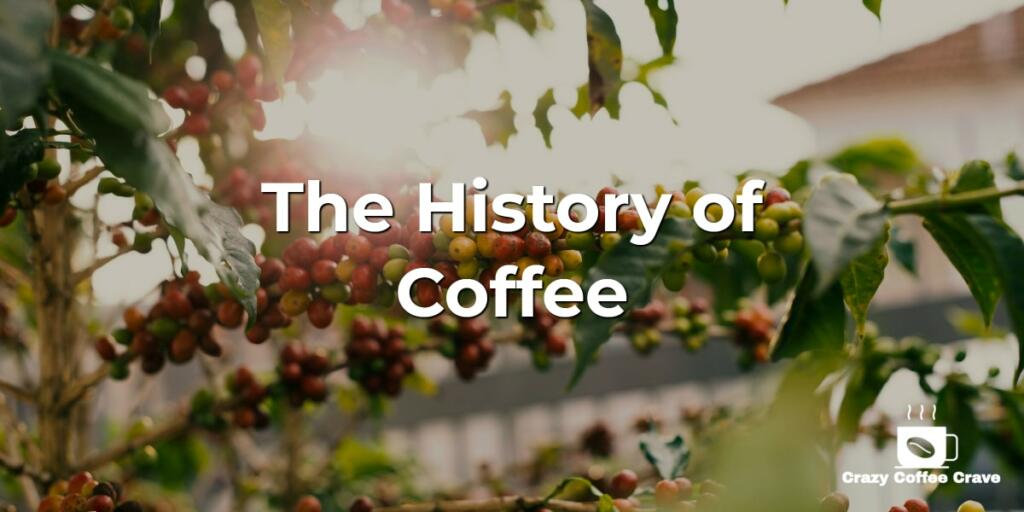
The timeline chart
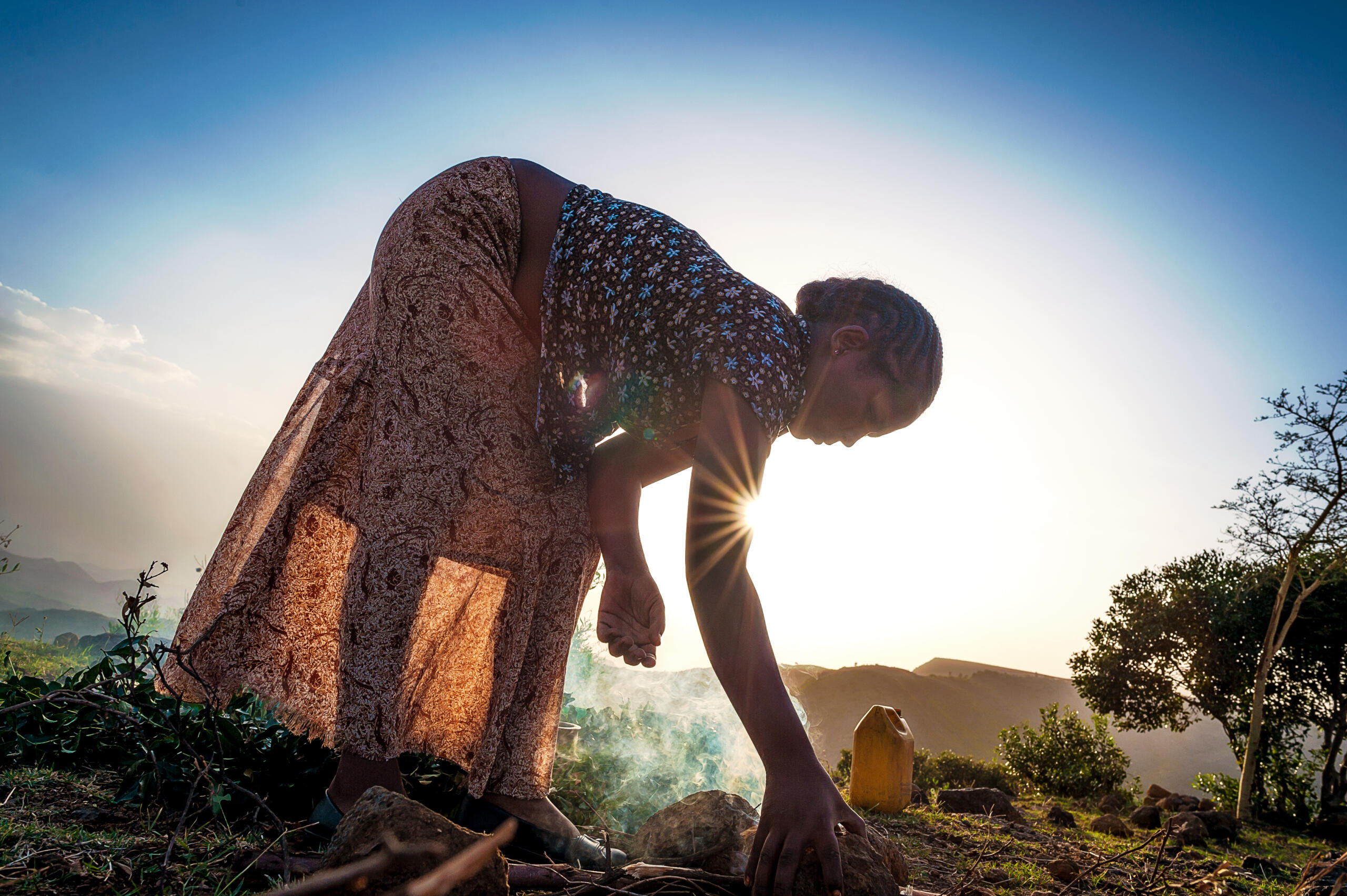
Circa 850: The coffee berry is discovered in Ethiopia by a herdsman named Kaldi. The coffee berry’s energizing properties reach the Galla tribe, who mix the berries with ghee to create a nourishing snack for their warriors.
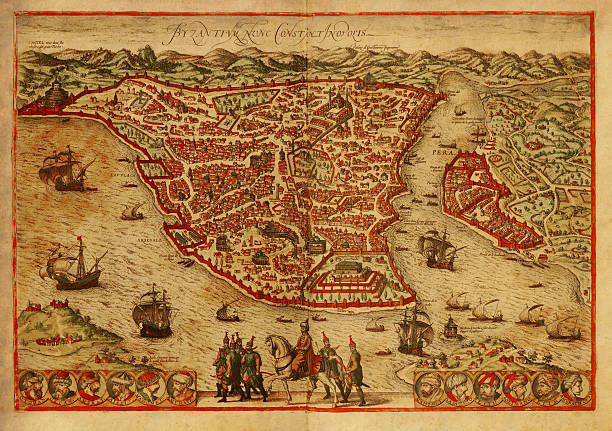
Coffee cultivation and trade begin on the Arabian Peninsula. By the 15th century, coffee is grown in Yemen and is known in Persia, Egypt, Syria, and Turkey by the 16th century. Public coffee houses, known as qahveh khaneh, appear in cities across the Near East.
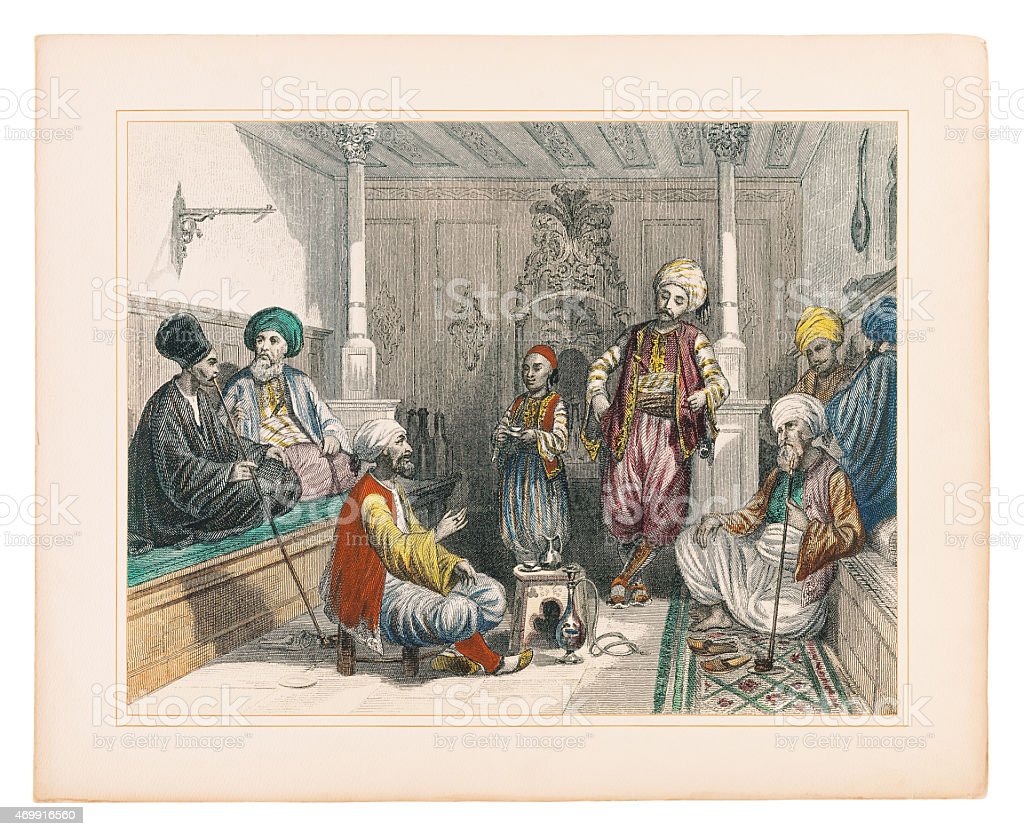
1453: Ottoman Turks introduce coffee to Constantinople (modern-day Istanbul), adding spices for a unique brew.
1454: The Mufti of Aden approves coffee, leading to coffee houses in Mecca.
1475: Coffee shops open in Constantinople and become hubs for debates and discussions. In Turkish culture, coffee is considered an aphrodisiac, and alaw allows women to divorce their husbands if not provided with their daily quota of coffee.
1600: Arabia and Muslim Africa hold a monopoly on coffee production and forbid the export of fertile beans. However, Baba Budan smuggles fertile coffee beans from Mecca to India, where he cultivates them.
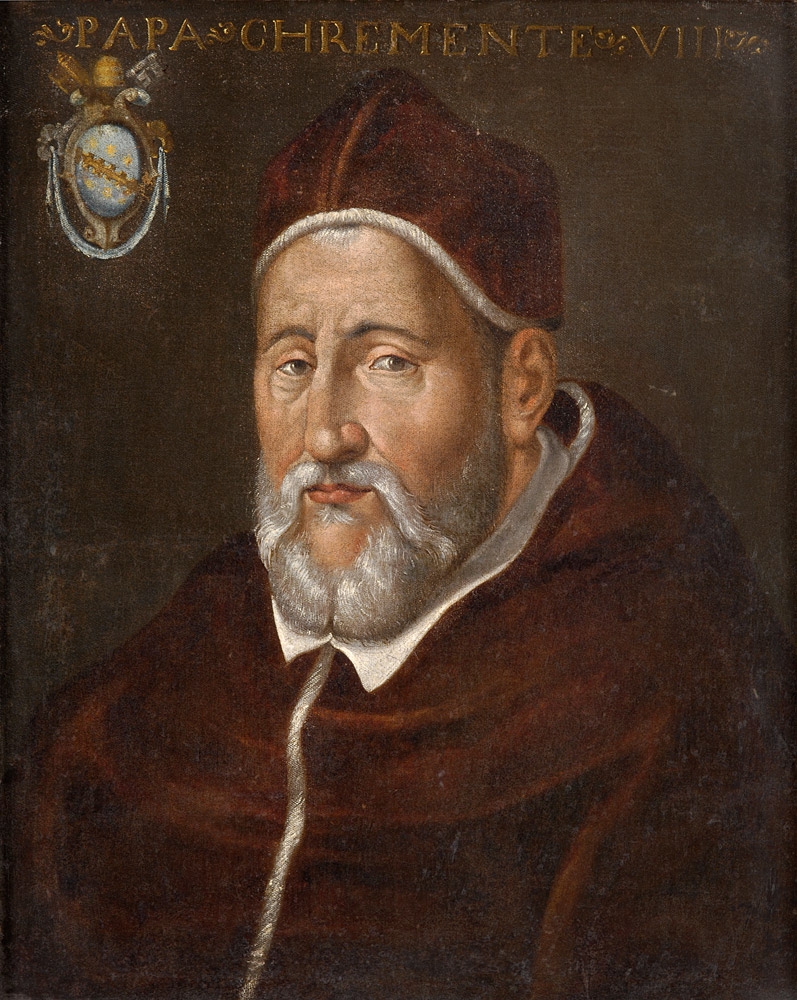
Early 17th Century: European travelers bring stories of coffee from the Near East. Coffee becomes popular in Europe, and Pope Clement VIII gives papal approval. Coffee houses become centers of social activity in major European cities.
Lloyd’s of London is established at Edward Lloyd’s Coffee House in London.
1607: Captain John Smith brings awareness of coffee to the Americas.
1600s: Baba Budan, an Indian pilgrim, smuggles fertile coffee beans out of Mecca and brings them to India, breaking the Arab monopoly on coffee cultivation and trade.
1616: The Dutch establish the first European-owned coffee estate in Sri Lanka, followed by another estate in Java in 1696.
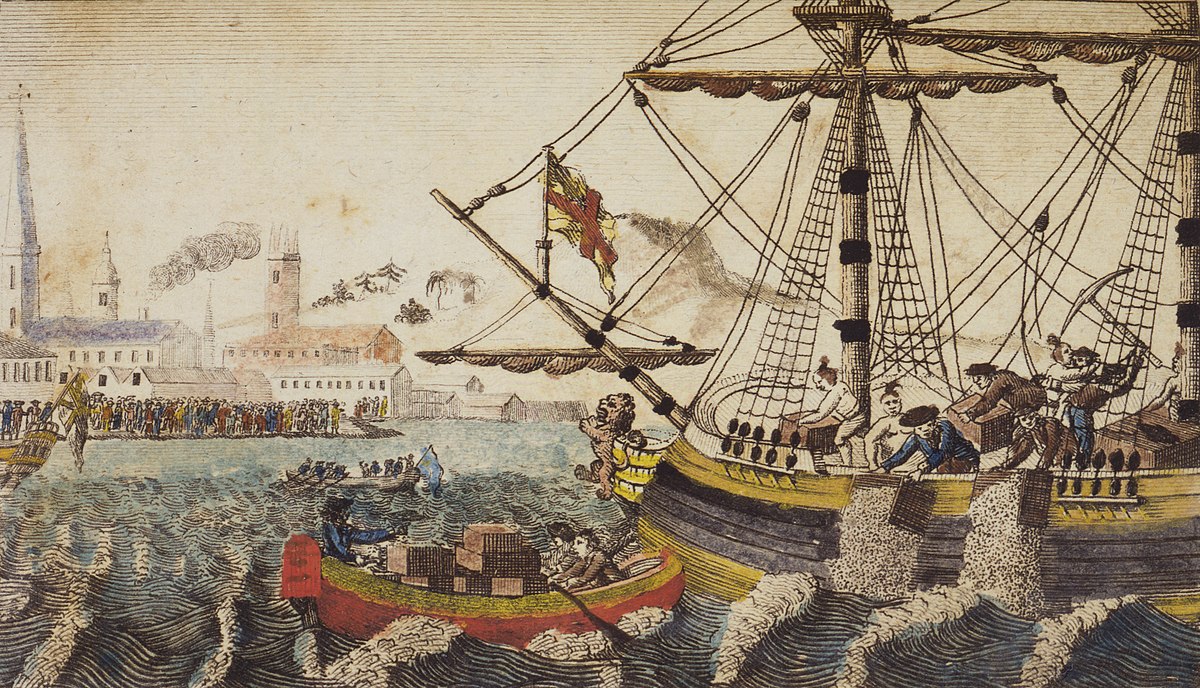
Early 18th Century: Coffee plants are introduced to the Americas.
1773: After the Boston Tea Party, switching from tea to coffee becomes a patriotic act in America. Coffee is brought to New Amsterdam (later New York) by the British. Tea remains the favored drink in America until the Boston Tea Party of 1773.
1714: The Mayor of Amsterdam gifts a young coffee plant to King Louis XIV of France.
1723: Gabriel de Clieu transports a seedling to Martinique, where it leads to the spread of coffee trees in the Americas. Coffee becomes one of the world’s most profitable export crops.
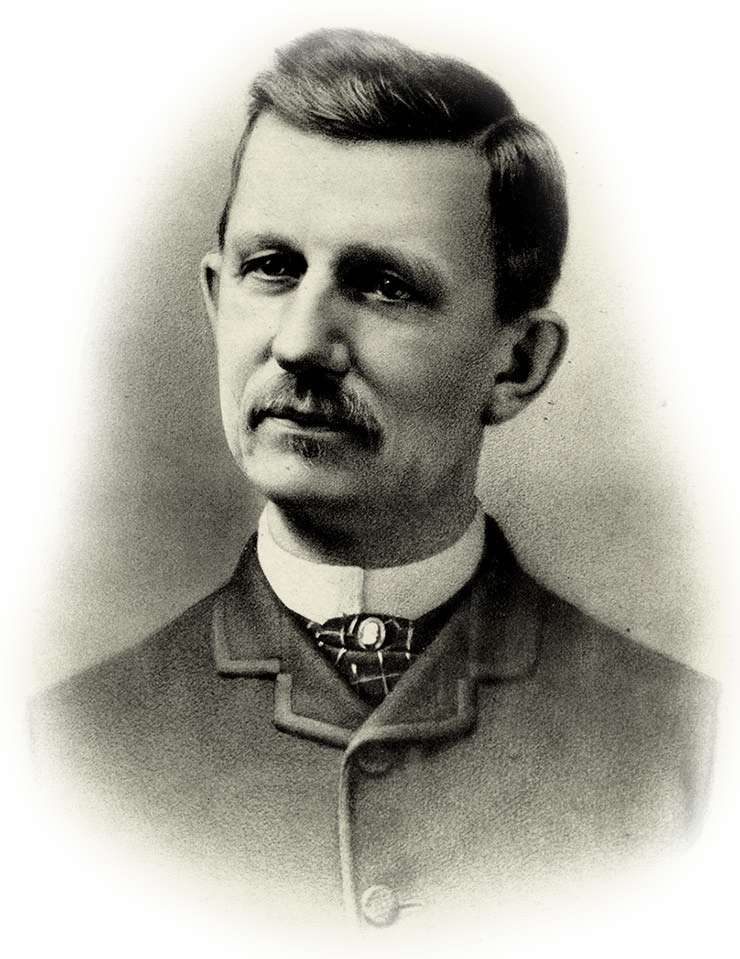
Late 1800s: Coffee becomes a worldwide commodity. Entrepreneurs seek new ways to profit from coffee.
1864: John and Charles Arbuckle, brothers from Pittsburgh, purchase Jabez Burns’ newly invented coffee bean roaster and begin selling pre-roasted coffee in paper bags by the pound under the brand “Ariosa.” They find success selling to cowboys in the American West.
James Folger follows their example and sells coffee to gold miners in California. Other big name coffee producers, such as Maxwell House and Hills Brothers, emerge.
Angelo Moriondo of Turin, Italy, patents a steam-powered coffee machine that reduces brewing time.
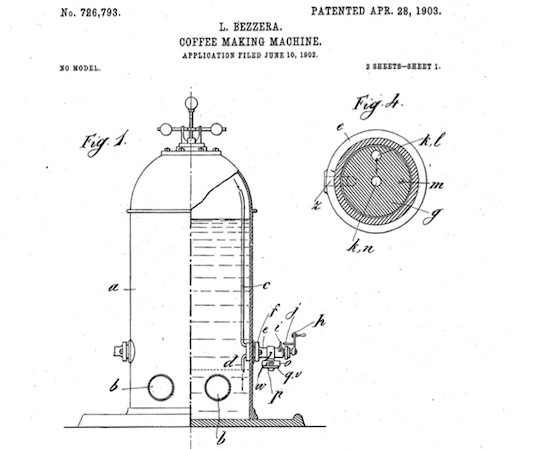
1903: Desiderio Pavoni purchases Bezzera’s patents and improves the design, including the invention of the first pressure release valve and the steam wand. The collaboration leads to the perfection of their machine, named the Ideale.
1906: Bezzera and Pavoni introduce “cafeé espresso” to the world at the 1906 Milan Fair. Pavoni continues to market his name brand “espresso” machines, which are produced commercially in Milan. Espresso machines become popular throughout Italy, evolving from utilitarian to elaborate designs. However, these early machines relied on steam, which resulted in a burnt or bitter taste and lacked the pressure needed for true espresso by today’s standards.
1960s: Awareness of specialty coffee grows, leading to increased interest in sustainable, locally roasted, fair trade beans.
1971: The first Starbucks opens in Seattle, further popularizing specialty coffee.
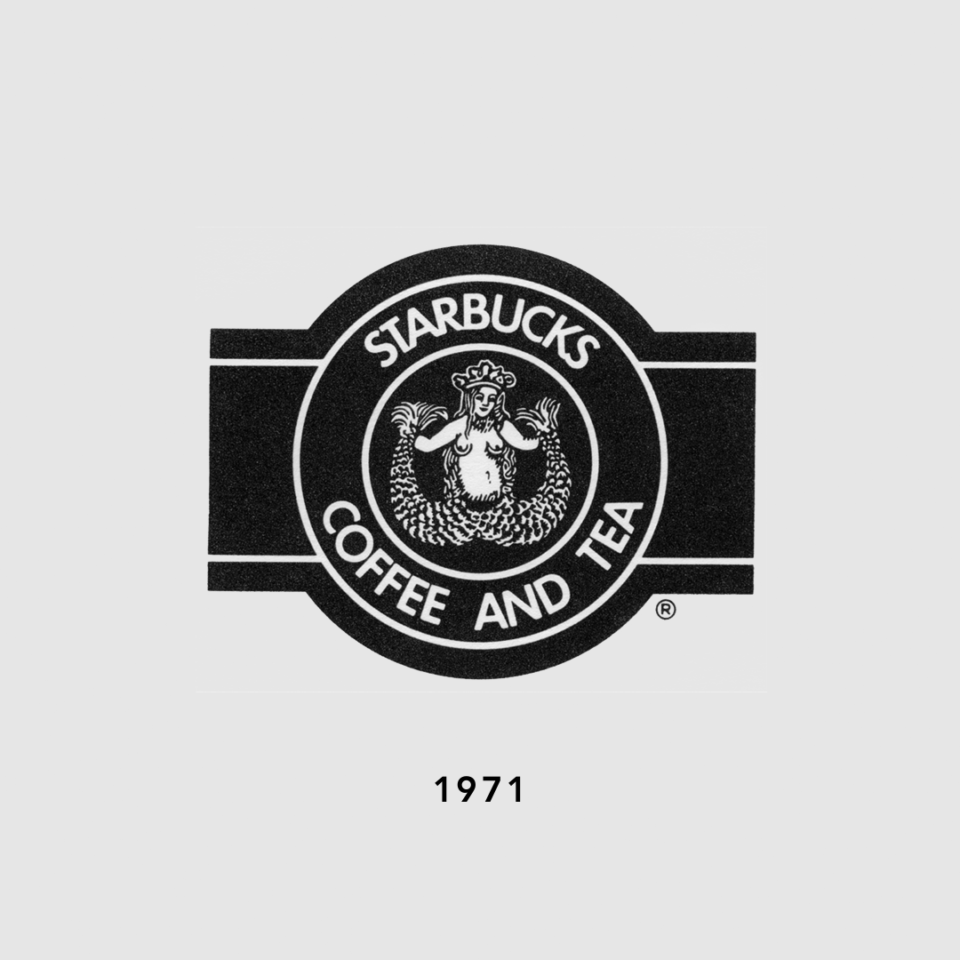
Early 21st Century: Global warming, particularly the projected increases in extreme heat and drought, threatens the stability of the coffee industry as farmers struggle to adapt in vulnerable regions.
Early 21st Century: A ‘third wave’ of coffee culture emerges, characterized by an emphasis on quality, bean origins, and flavor profiles. Consumers seek knowledge about coffee production, environmental practices, and ethical sourcing. Independent artisan coffee shops, with expert baristas and micro-roasted offerings, flourish. A preference for traditional Italian coffee culture and refined espresso over sugar-laden brews is evident.
Early 21st Century: The impact of e-commerce transforms coffee purchasing habits. Many enthusiasts buy beans or freshly ground coffee online, equipped with home grinding and brewing tools. The convenience of online ordering, coupled with the vast choice of coffees, leads to a preference for at-home coffee preparation. The affordability of producing multiple cups of quality coffee from a single bag enhances the appeal of home brewing.
Early 21st Century: Speculation about a potential ‘fourth wave’ of coffee culture arises. Though its characteristics are yet to be defined, possible factors include continued growth of e-commerce, technological advancements in coffee preparation, and a continued commitment to sustainability and ethical sourcing. As coffee culture continues to evolve, coffee lovers have unprecedented opportunities to enjoy high-quality coffee experiences without the high price.
The myth, the legend
According to legends, Kaldi, a lonely goat herder in Ethiopia, discovered the beans after noticing how excited his goats were after eating some of the berries from the tree. He reported this to the abbot of the local monastery.
Interested, the abbot made a drink from the berry, and upon finding the drink kept him awake for long hours of evening prayers, he shared his discovery with the other monks at the monastery. From there, the word about an energizing drink started to spread far and far, and coffee reached the Arabian Peninsula and, eventually, the rest of the world.
Yet another story of A Yemenite Sufi mystic named Ghothul Akbar Noor Ud Din Abu al-Hasan al-Shadhili talks of how he first discovered coffee. It is said he spotted berry-eating birds flying over his village unusually energetically. And on tasting some jettisoned berries, he also found himself exceptionally alert.
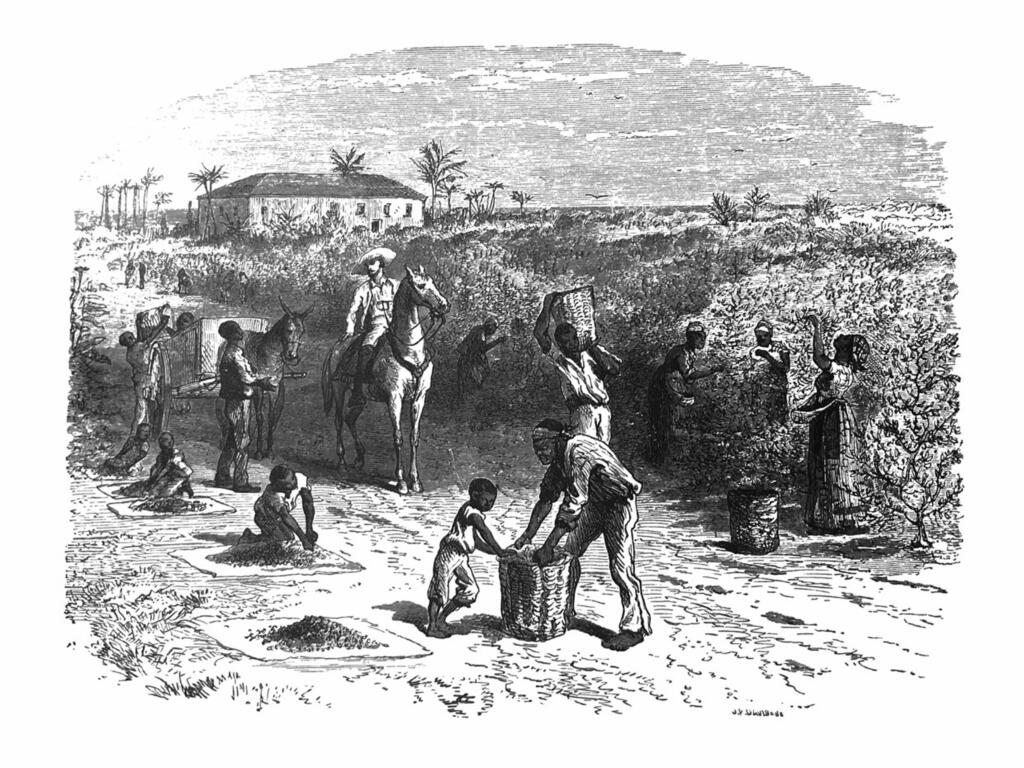
By the 16th century, coffee was a common drink in Persia, Egypt, Syria, and Turkey. Yemeni merchants took coffee home from Ethiopia and began to grow it for themselves.
Coffee shops proliferated, becoming popular meeting places for people worldwide. There were around 3,000 coffee establishments in England alone by 1675. Some even provided bed and breakfast for overnight visitors. Many appeared to be imitating the Turkish café business model.
The Arabian Peninsula
Coffee cultivation spread quickly in the Arabian Peninsula. By the 15th century, coffee was comfortably being cultivated in Yemeni. Yemen’s favorable climate and fertile soil offered the ideal conditions for cultivating rich coffee harvests.
Soon coffee houses become the center for the exchange of information. As a result, they were commonly referred to as schools of the Wise, where patrons had conversations as they enjoyed coffee.
With thousands of pilgrims flocking to Mecca each year from different parts of the world, knowledge of this “wine of Araby” began to spread.
Istanbul
Istanbulites first tasted coffee in 1555 during the reign of Sultan Suleiman the Magnificent by Özdemir Pasha, the Ottoman Governor of Yemen, who had fallen in love with this drink. In the Ottoman palace, the coffee beans were roasted over a fire.
Then, they were finely ground and slowly cooked with water on the ashes of a charcoal fire. This brewing method contributed greatly to the spread of news about coffee.
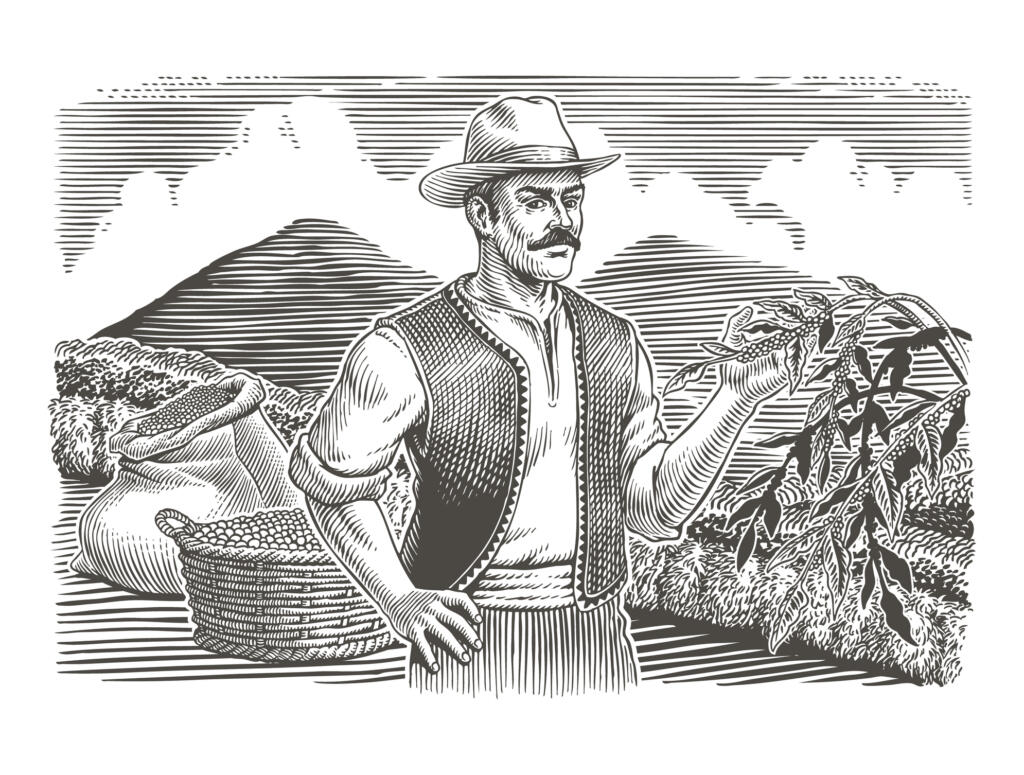
Coffee Comes to Europe
European travelers to the Near East shared the story of an energizing dark black drink. By the 17th century, coffee had made its way to Europe and became famous across the continent.
Though locals were not pleased, Pope Clement VIII’s choice to taste and approve led to the development of an increasing number of coffee shops. Coffee gradually supplanted the popular breakfast beverages of the period.
By the mid-17th century, more than 300 coffee houses had been established in London. Most attracted like-minded patrons (shippers, artists, merchants, and brokers.)
Coffee in Europe
It was not until 1615, when Europeans first tasted coffee, that merchants who had knowledge of coffee in Istanbul ferried it back to Venice. Soon, a coffeehouse was opened in Italy, mushrooming many coffee houses in different parts of the country and other lands.
In 1644, the French ambassador brought the first coffee beans and the apparatus used to prepare and serve coffee to Marseilles Monsieur de la Roque.
Coffee in France
Coffee in France was first introduced in 1660 by merchants from Marseilles who had first tasted coffee in Istanbul. About ten years later, a coffee house opened in Marseilles. At the start, coffee houses catered to merchants and travelers but soon became popular joints for everyone.
In Paris, coffee was introduced in 1669 by Hoşsohbet Nüktedan Süleyman Ağa, who Sultan Mehmet IV then sent as ambassador to the court of King Louis XIV of France. The first coffee house in Paris opened in 1686. Soon, more coffee houses began to pop up in different parts of the city.
The New World
It was not until the mid-1600s that coffee was brought to New Amsterdam. However, coffee faced stiff competition from tea until 1773, when the colonists revolted against a heavy tax on tea imposed by King George III. After the revolt, American drinking preference changed to coffee.
Coffee in America
In 1714, the Dutch presented a gift of a young coffee plant to King Louis XIV. The coffee sampling was planted in the Royal Botanical Garden in Paris. In 1723, a French mariner, Gabriel de Clieu, obtained a sampling from the King’s garden, transported it safely, and planted Martinique seedlings.
Luckily, the seedling thrived, and that one is credited with the spread of over 18 million coffee trees on the island of Martinique and the growth of coffee trees throughout the Caribbean, South, and Central America.
In 1727, a Portuguese sailor, de Mello Palheta, transported coffee seedlings to Brazil from French Guyana. Brazil is still the world’s largest producer of coffee, accounting for 35% of global coffee production.
Modern Coffee
New Zealander David Strang invented instant coffee, or modern coffee, in 1889. Freeze-dried coffee was invented in 1938. Meanwhile, decaffeinated coffee was invented by Ludwig Roselius in 1903. Finally, Melitta Bentz invented the coffee filter in 1908.
Achille Gaggia invented the modern espresso machine in 1946. The first pump-driven espresso machine was made in 1960. Meanwhile, in the early 20th century, the coffee table became a popular item of furniture.
Today coffee is still one of the world’s most popular drinks. Since it was discovered, many brands have come up. From Hawaiian Kona Coffee to Black Ivory Coffee, there is a brand for everyone.
The Global Expansion of Coffee
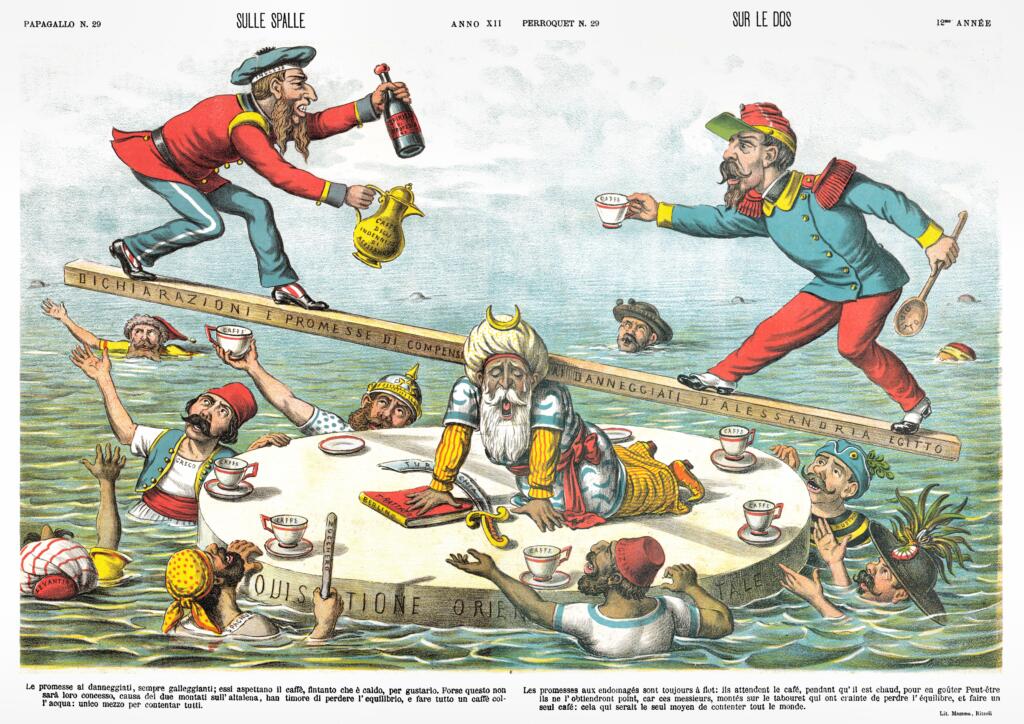
The global expansion of coffee in the 1700s saw the beverage spread worldwide, thanks to the efforts of a French naval officer, Gabriel de Clieu. He brought coffee seeds to the Caribbean island of Martinique, Haiti, and Mexico, where they flourished due to the power of slave labor.
Coffee also spread to Central and South America and beyond, with Brazil becoming the largest coffee-growing region in the world. By 1863, the International Coffee Agreement was established to regulate international trade.
This agreement marked a significant milestone in global commerce and allowed coffee to become a truly global commodity. Today, coffee is enjoyed worldwide and integral to many cultures.
The Rise of Coffeehouses
The rise of coffeehouses began in the 17th and 18th centuries when they became popular public social places in England. For the price of a penny, men could meet for conversation and commerce.
Cafes rose to prominence in Europe during the late 17th century due to their importance in the social sphere and convenience. Coffee houses had also spread throughout the Ottoman Empire by this time.

With its origins tracing back to Ethiopia, Yemen, Persia (Iran), and Turkey, coffee had become a major factor in trade and commerce that only increased with its expansion.
This provided an opportunity for people from all walks of life to interact, exchange ideas, and foster innovation – something that would remain true throughout the Industrial Revolution and beyond.
Coffee and the Industrial Revolution
The Industrial Revolution had a profound impact on the global coffee industry. Coffee was a valuable commodity, as it provided an energy boost to help workers stay alert through the long hours of monotonous and dangerous labor.
In addition, the warm drink was seen as a comforting respite from the harsh conditions of the factories. Moreover, coffee had a more subtle economic impact; increased trade and commerce brought increased profits for coffee producers and merchants. The global expansion of coffee during this period also saw the emergence of specialty coffees, as well as the popularization of instant coffee.
All in all, coffee was an essential part of life during the Industrial Revolution, and its role in history should not be overlooked.
The Emergence of Specialty Coffees
In the mid-1980s, Ted Lingle, founder and president of the Specialty Coffee Association of America (SCAA), helped bring about a second wave of coffee production and consumption.
He established the Programa de Cafés Especiales-Special Coffee Program to identify, promote and develop the special coffees of Colombia that allowed for more quality control in production. This program was instrumental in recognizing and promoting specialty coffees around the world.
With specialty coffee’s rise in popularity, more money and care went into the design of everything: the interiors, branding, and, yes, coffee itself. Specialty coffees differ from traditional coffee in that they are subject to higher production, processing, and grading standards, with beans being carefully sourced from specific regions or even single farms.
This gave rise to a new industry standard for coffee quality and taste that revolutionized how people worldwide experienced their daily cups.
Coffee and World War II
The impact of World War II on coffee production and consumption was significant. As the Allies and neutral countries of Latin America produced bumper crops of coffee beans, the U.S. War Department took things further and established local roasting and grinding plants in France to ensure fresh coffee for U.S. troops.
In addition, the Americano, one of the world’s most popular coffee concoctions, was invented by U.S. troops during World War II. When America entered World War II in 1941, coffee was served everywhere. Still, with the implementation of rationing on November 29th, 1942, households were limited to the equivalent of one cup per day.
The regulations cut the amount of available coffee to just about half of what people had been used to, resulting in a surplus stock of coffee produced to its south going to waste.
The Popularization of Instant Coffee
The popularization of instant coffee can be traced back to the First World War when the U.S. military bought all available supplies and shared them with their soldiers. Before this, instant coffee had been invented in 1890 by New Zealander David Stang, who used a “dry, hot air process” to make his “soluble instant coffee.”
Around 1938, Nescafe became the most popular brand due to its process of co-drying coffee extract with an equal amount of soluble carbohydrates. During World War II, instant coffee became even more popular as it was a convenient and long-lasting product that could be made anywhere without requiring specialized equipment.
Thus, instant coffee became a staple drink for soldiers and civilians alike all around the world, and it has since gone on to become an integral part of modern life.
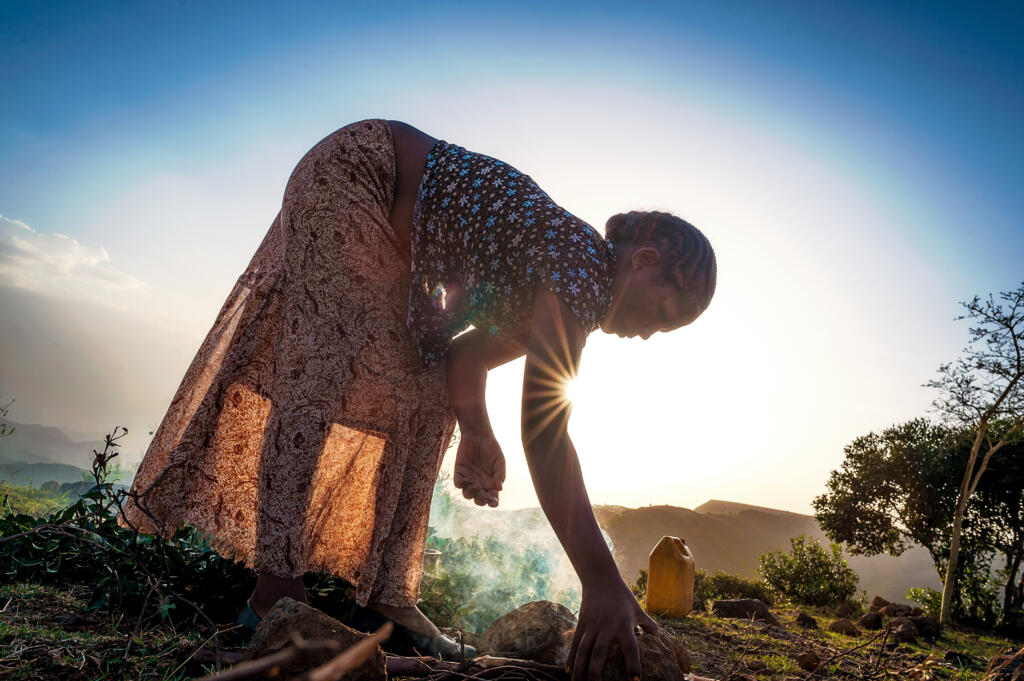
The Specialty Coffee Boom
The specialty coffee boom of the late 20th century saw a surge in demand for high-quality and ethically-sourced coffee beans. A new culture of appreciation drove this demand for coffee and the emergence of third-wave coffee cafes.
These cafes sourced their beans from individual farms and roasted them more lightly to bring out the unique flavors of each bean. This movement quickly gained traction, and soon, specialty coffees were being exported worldwide and enjoyed in every corner of the globe.
The specialty coffee boom has had a major impact on coffee production, with many countries investing in their coffee industry. Today, Colombian coffee is renowned worldwide, the nation being the third-largest producer in the world.
Conclusion
In conclusion, coffee has a long and fascinating history. From its humble beginnings as a chewed stimulant in Africa to its eventual global expansion, coffee has greatly impacted cultures, economies, and even international relations.
The popularity of specialty coffees has continued to grow over the past few decades and shows no signs of slowing down. Coffee has become an integral part of daily life for people worldwide, and it will remain a popular beverage for many years.

Editorial Staff
The editorial staff at Crazy Coffee Crave is a team of coffee enthusiasts & Baristas who enjoy the one thing we all think about as soon as we get up in the morning. Trusted by thousands of readers worldwide.





